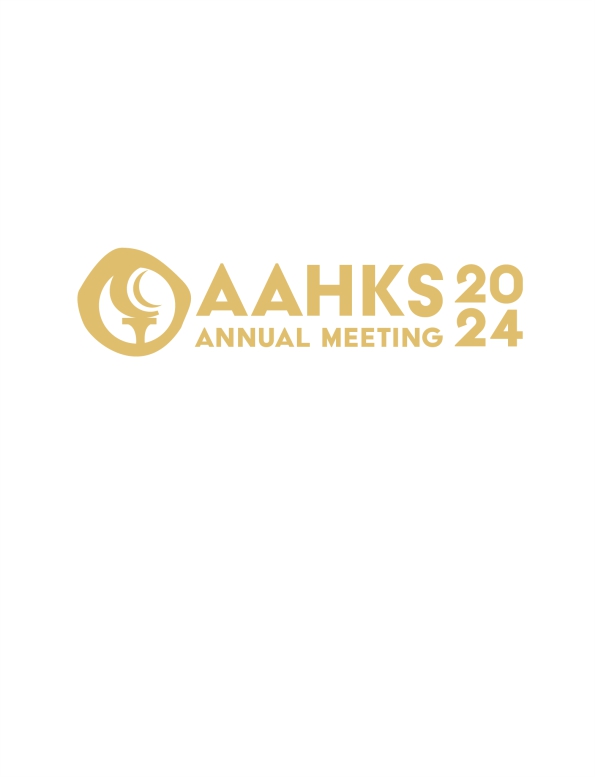
AAHKS 2024: Direct Anterior Vs Lateral Approach In Total Hip Arthroplasty - Femoral Neck Fractures

AAHKS 2024: Direct Anterior Vs Lateral Approach In Total Hip Arthroplasty - Femoral Neck Fractures
Direct Anterior Vs Direct Lateral Approach In Total Hip Arthroplasty For Femoral Neck Fractures; Prospective Randomized Controlled Trial
CONFERENCE ACE REPORTS
This ACE Report is a summary of a conference presentation or abstract. The information provided has limited the ability to provide an accurate assessment of the risk of bias or the overall quality. Please interpret the results with caution as trials may be in progress and select results may have been presented.
Synopsis
Fifty patients with femoral neck fractures were randomized to receive total hip arthroplasty via the Direct Anterior Approach (n=25) or the Direct Lateral Approach (n=25). The primary outcome of interest was the Harris Hip Score (HHS) for functional recovery. Secondary outcomes included incision length, intraoperative blood loss, postoperative pain, operative times, and complications such as cup p...
To view the full content, login to your account,
or start your 30-day FREE Trial today.
FREE TRIAL
LOGIN
Forgot Password?
Explore some of our unlocked ACE Reports below!

Learn about our AI Driven
High Impact Search Feature
Our AI driven High Impact metric calculates the impact an article will have by considering both the publishing journal and the content of the article itself. Built using the latest advances in natural language processing, OE High Impact predicts an article’s future number of citations better than impact factor alone.
Continue



 LOGIN
LOGIN

Join the Conversation
Please Login or Join to leave comments.